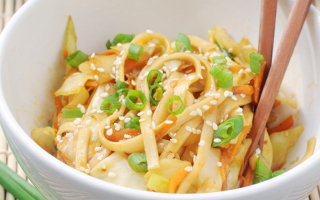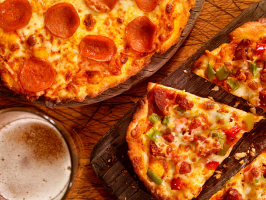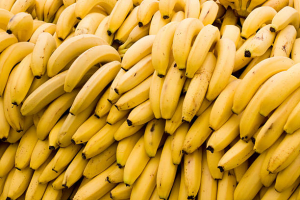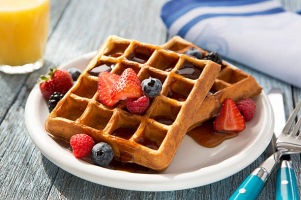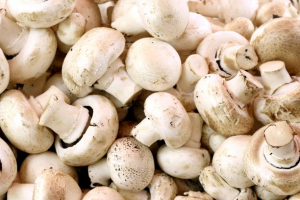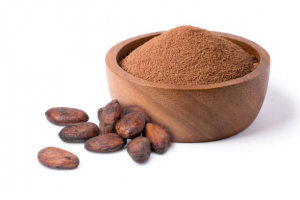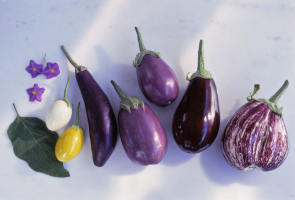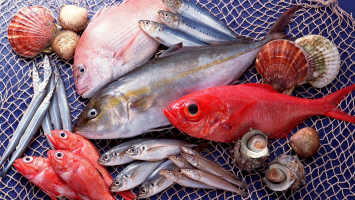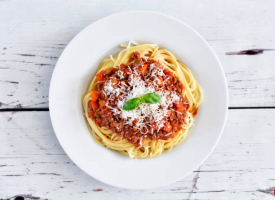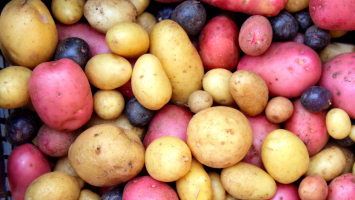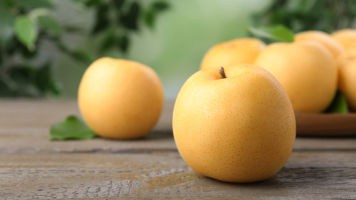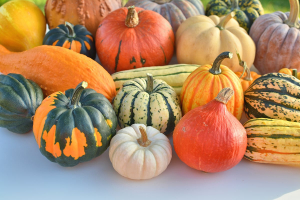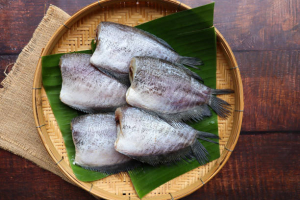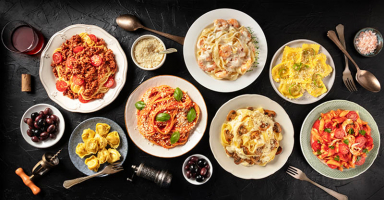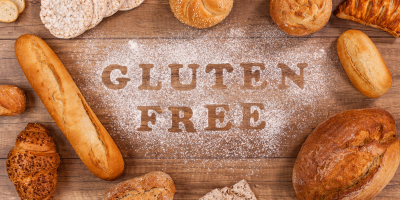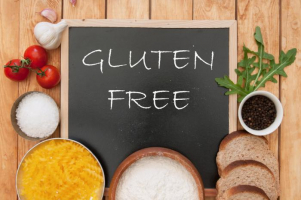Top 7 Best Types of Gluten-Free Pasta and Noodles
Going gluten-free may seem much more difficult for pasta lovers than a simple diet change. You don't have to give up your favorite foods whether you follow a ... read more...gluten-free diet due to celiac disease, a sensitivity to gluten, or personal preference. Although wheat flour is commonly used to make traditional pasta, there are several gluten-free options available. Here are some of the gluten-free pasta and noodle types.
-
Due to its mild flavor and chewy texture, brown rice pasta is one of the most widely used types of gluten-free pasta and works well as a substitute for most traditional pasta recipes. With nearly three grams in a one-cup (195 gram) portion of cooked pasta, brown rice pasta is a good source of fiber when compared to most other types.
Important micronutrients including manganese, selenium, and magnesium are also rich in brown rice. Additionally, studies have shown that brown rice bran is a rich source of antioxidants, potent chemicals that can help prevent oxidative cell damage and promote better health. According to some research, consuming brown rice can boost the blood's antioxidant levels, which may help prevent chronic diseases including diabetes, cancer, and heart disease.
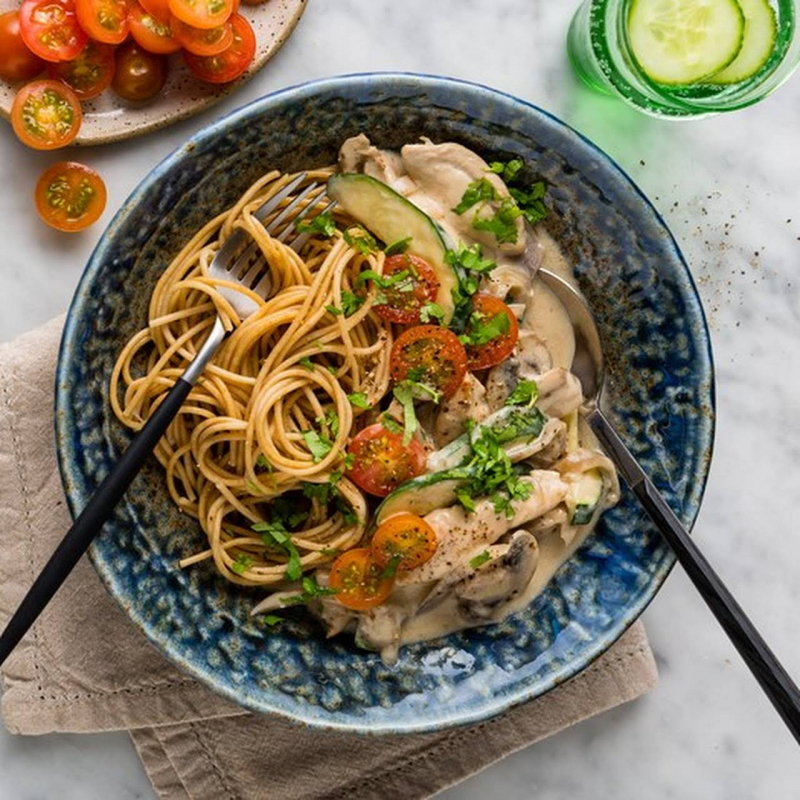
Brown Rice Pasta 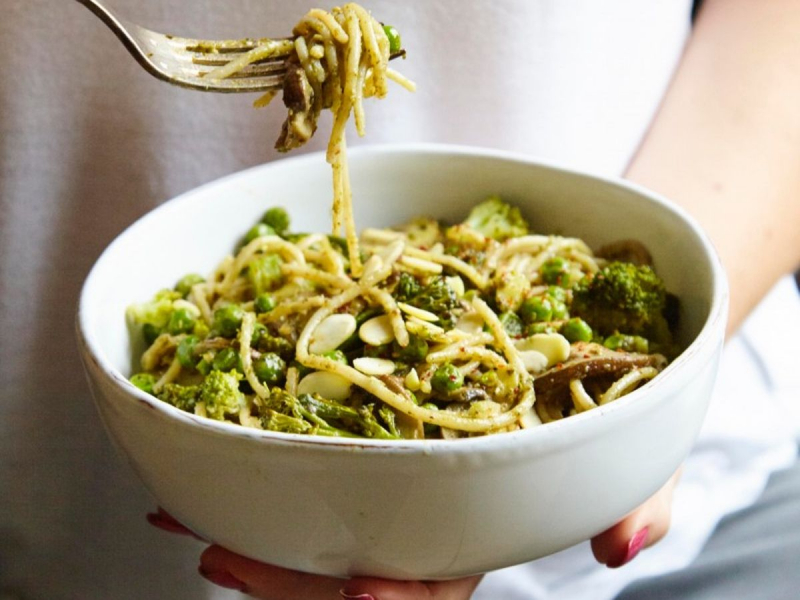
Brown Rice Pasta -
Glucomannan, a type of fiber found in the root of the konjac plant, is used to make shirataki noodles. Shirataki noodles are basically free of calories and carbs because the fiber passes through your gut undigested. They have a gelatinous texture and little to no flavor, but when cooked, they take on the flavors of other ingredients.
Glucomannan fiber has also been demonstrated to speed up weight reduction and lower levels of ghrelin, the hormone that stimulates hunger. According to other research, using glucomannan supplements helps alleviate constipation, lower cholesterol levels, and balance blood sugar. However, you should keep in mind that shirataki noodles nearly entirely lack both calories and nutrients. For this reason, it's crucial to top your pasta with a variety of nutritious ingredients, including heart-healthy fats, vegetables, and protein.
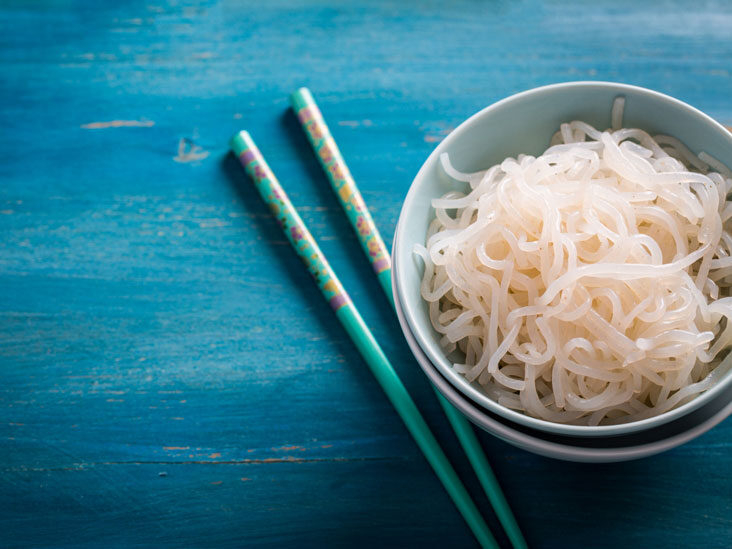
Shirataki Noodles 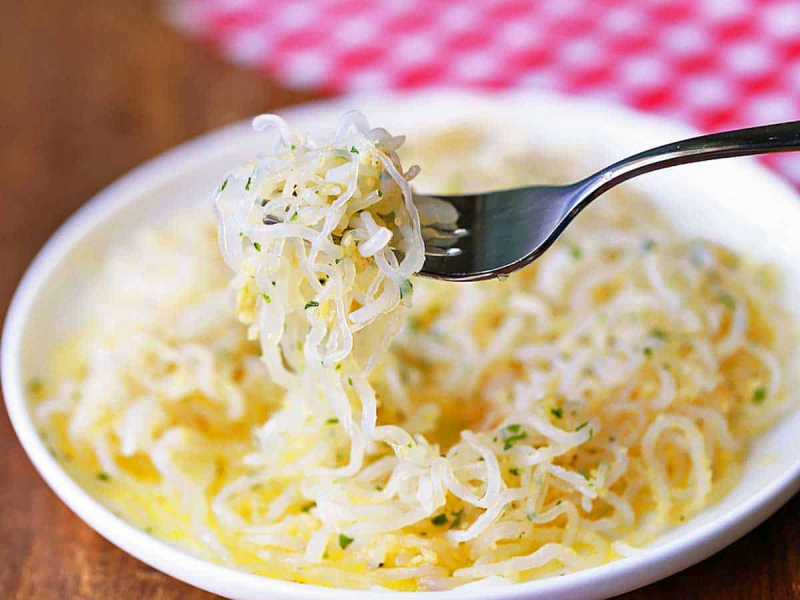
Shirataki Noodles -
A type of gluten-free pasta that has recently attracted a lot of attention from customers who are health-conscious is chickpea pasta. It is quite comparable to regular pasta but has a slightly more chewy texture and a has a chickpea taste.
With each two-ounce (57-gram) serving containing roughly 7 grams of fiber and 13 grams of protein, it is also a high-protein and high-fiber alternative. Because they make you feel fuller for longer, protein and fiber might help you limit your calorie consumption throughout the day. One small research involving 12 women found that consuming one cup (200 grams) of chickpeas before a meal helped lower blood sugar levels, appetite, and calorie intake later in the day compared to a control meal. Research also shows that chickpeas can improve bowel function, reduce cholesterol levels and enhance blood sugar control.
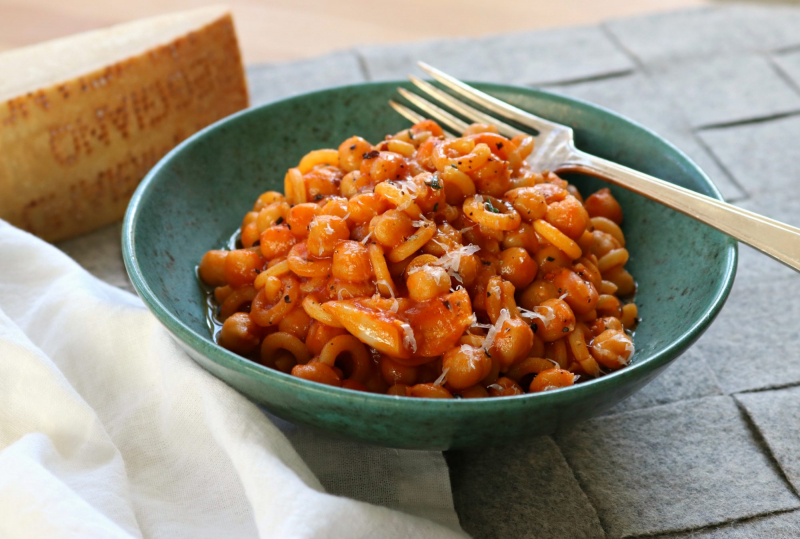
Chickpea Pasta 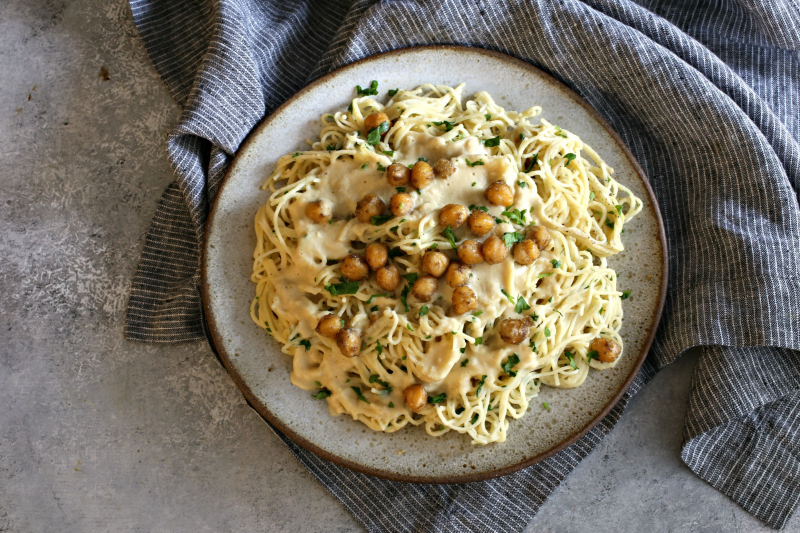
Chickpea Pasta -
Regular pasta may be replaced with quinoa pasta, which is commonly made by combining quinoa with other grains like rice and corn. Quinoa pasta is gluten-free. It is frequently characterized as having a nutty flavor and a slightly grainy texture.
Quinoa, the major component, is a well-liked whole-grain valued for its high nutritional content, mild flavor, and numerous health benefits. Quinoa provides a substantial serving of each of the nine essential amino acids that your body needs, making it one of the few plant-based complete proteins on the market. Other significant vitamins and minerals that are included in quinoa are manganese, magnesium, phosphorus, folate, copper, and iron. Each serving of dry 1/4-cup (43-gram) quinoa pasta has roughly 3 grams of fiber, making it one of the highest-fiber pasta options. Studies have shown that fiber can enhance digestive health, encourage feelings of fullness to prevent weight gain, and limit the absorption of sugar into the bloodstream to control blood sugar levels.
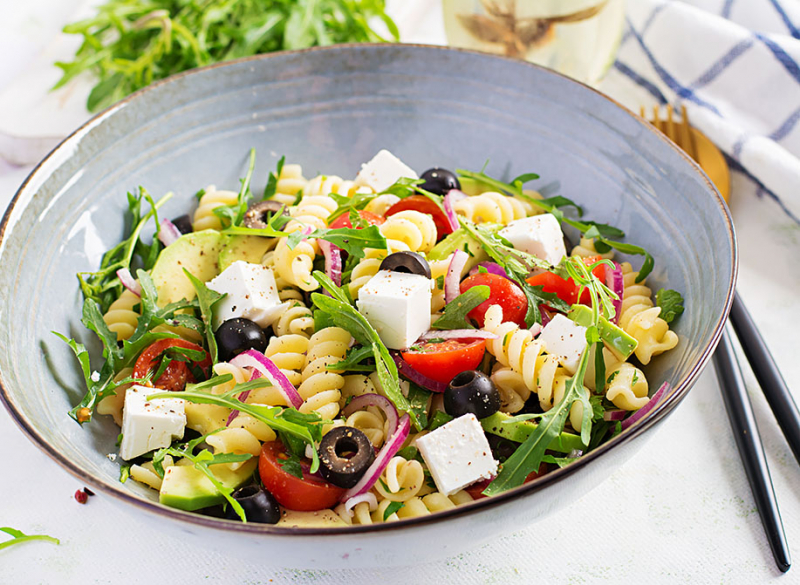
Quinoa Pasta 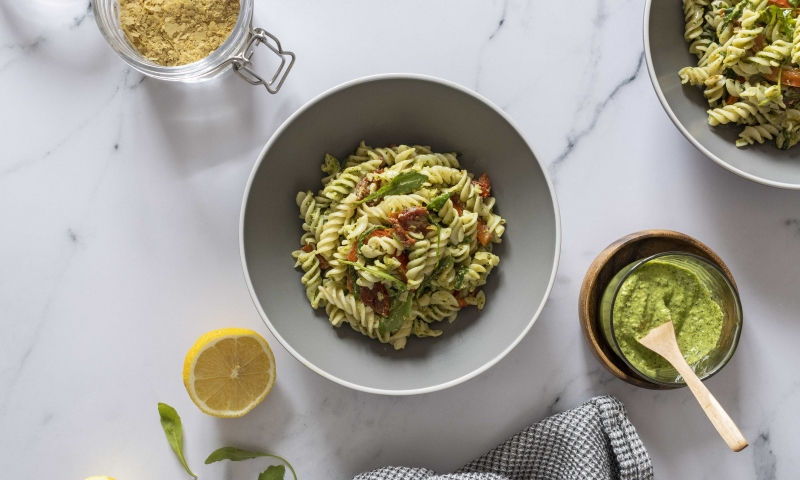
Quinoa Pasta -
A type of pasta known as soba is made from buckwheat flour, a plant that is frequently grown for its nutrient-rich, grain-like seeds. They come in a variety of sizes and shapes and have a nutty taste and chewy, grainy texture.
Despite having fewer calories than many types of traditional pasta, soba noodles are still a healthy source of protein and fiber. Approximately 7 grams of protein, 3 grams of fiber, and significant amounts of numerous critical micronutrients, including manganese and thiamine, are included in a two-ounce (56-gram) serving of cooked soba noodles. According to studies, consuming buckwheat may help to control weight, blood pressure, and cholesterol. However, take notice that some manufacturers of these noodles also use other types of grain in addition to buckwheat flour. If you have celiac disease or gluten sensitivity, be sure to read the ingredients list carefully and stay away from any products that include wheat flour or white flour.
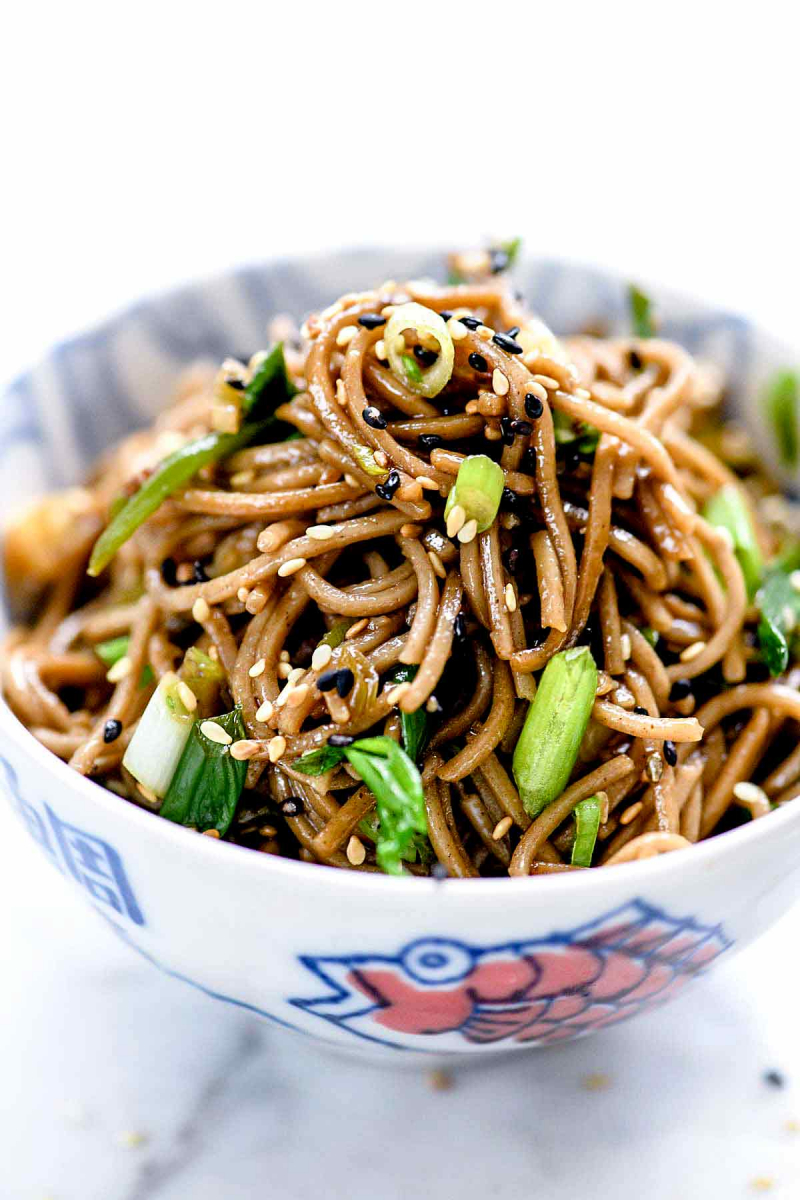
Soba Noodles 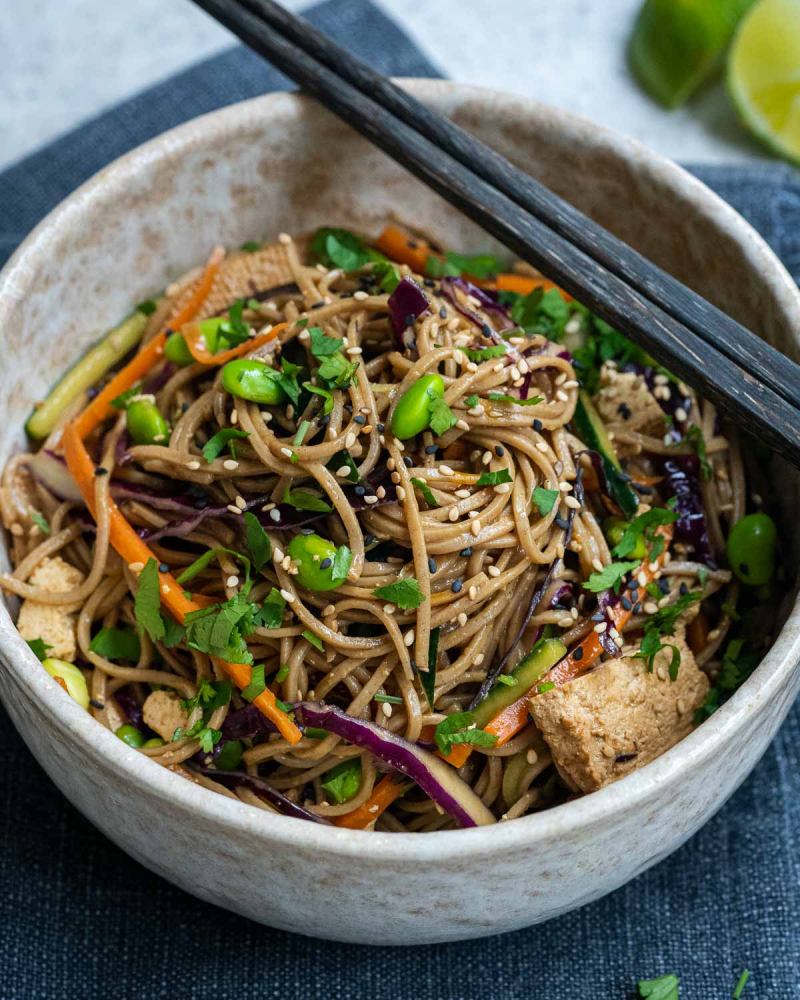
Soba Noodles -
Multigrain pasta is made by mixing several grains, such as corn, millet, buckwheat, quinoa, rice, and amaranth. Depending on the types of grains used, the nutritional content of different pasta variants might change greatly. Per 2-ounce (57-gram) serving, they might provide 4 to 9 grams of protein and 1-6 grams of fiber.
For the most part, people who have celiac disease or gluten intolerance may find that multigrain pasta is a good substitute for regular pasta. In terms of flavor and texture, multigrain pasta frequently resembles regular pasta. All of your favorite dishes may be made gluten-free with just one small change. However, it's crucial to read the contents list carefully and avoid products that are packed with fillers, additives, and gluten-containing ingredients.
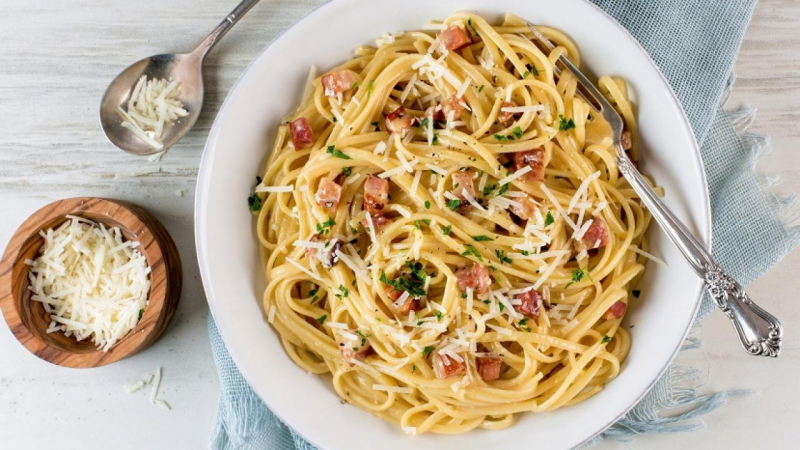
Multigrain Pasta 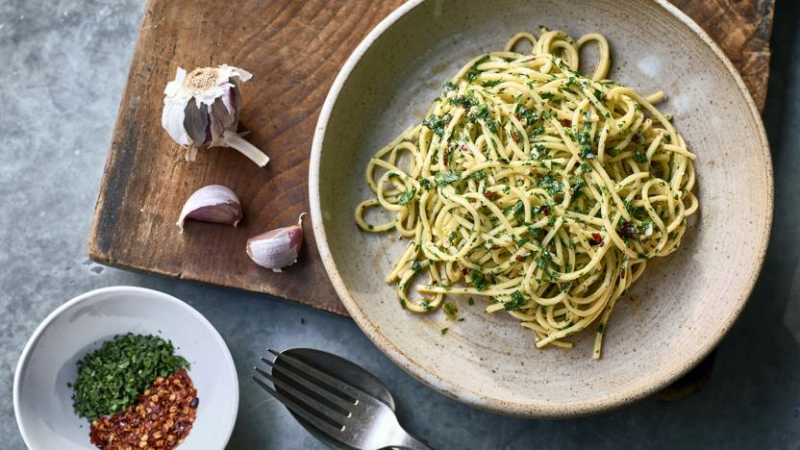
Multigrain Pasta -
Kelp noodles are a typical ingredient in Korean cooking and are an Asian staple. The mild flavor and springy texture of the noodles pair nicely with the rich and fragrant sauces.
Nutritional benefits of kelp noodles include fiber and vital vitamins and minerals. Given the small serving size of the noodles, kelp noodles are especially high in calcium, iron, and vitamin K. They include a lot of vitamins A, B, and C as well as minerals like magnesium, calcium, zinc, and iron and are low in calories, low in carbs, fat-free, and sugar-free. They have almost no taste and the crunch and texture of a very thin bean sprout, so they pick up incredible flavor from whatever they're paired with. Kelp noodles may be found at Asian grocery shops and some health food stores.
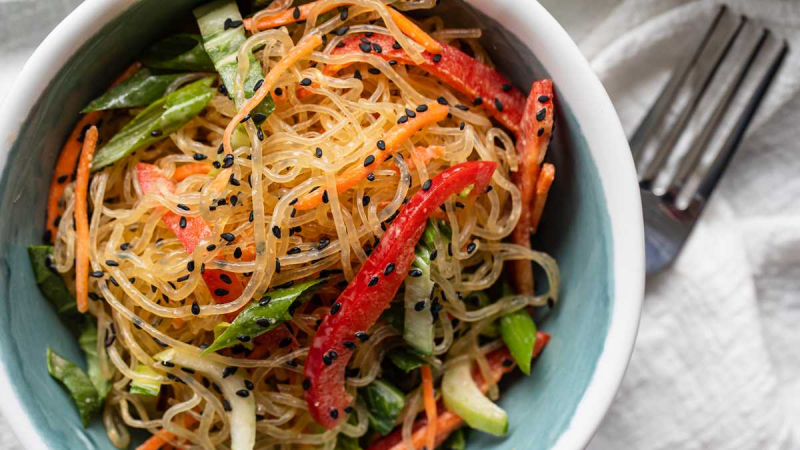
Kelp Noodles 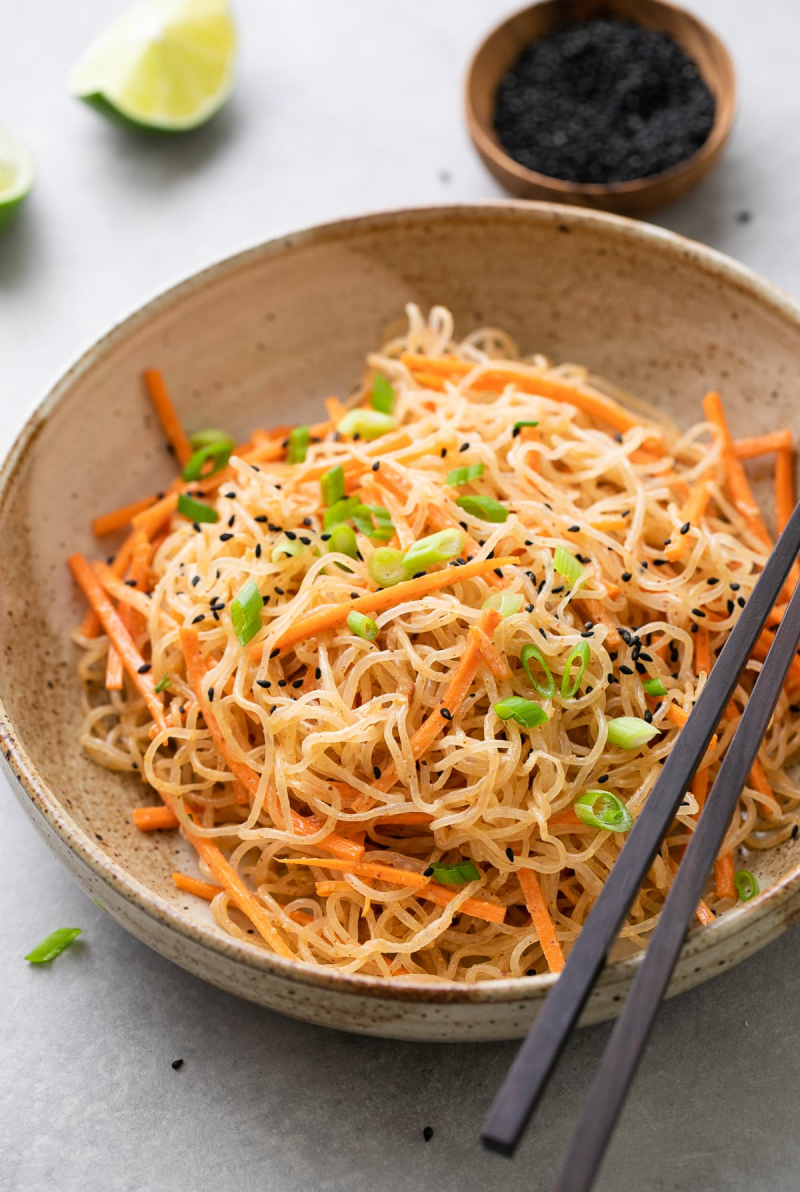
Kelp Noodles









